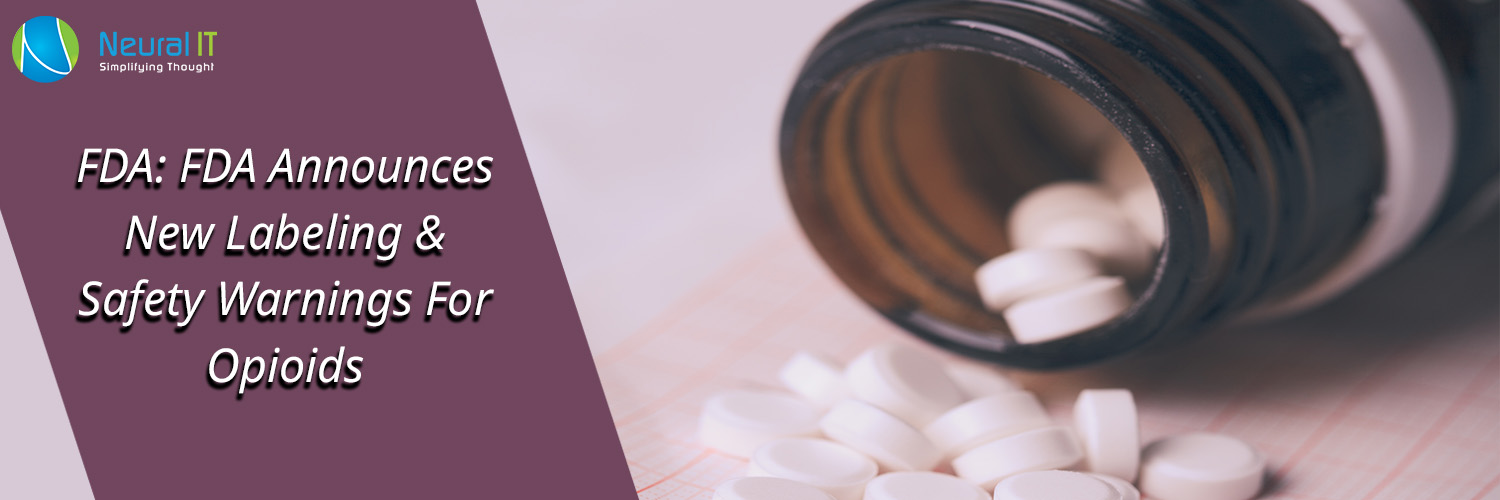$1M In Opioid Settlement Funds For Aroostook County

Aroostook County will receive more than $1 million in settlement funds for opioid prevention initiatives.
In addition to the $1.5 million given to the County by drug maker Johnson & Johnson as part of the National Opioid deal beginning in November, the deal with CVS, Walgreens, Walmart, Teva, and Allergan.
The settlements resulted from a nationwide lawsuit over the undue harm brought on by the widespread use of millions of highly addictive prescription painkillers over a period of over ten years, which sparked an unparalleled opioid crisis in the United States. Experts in medicine say that opioid addiction can set in under a few days for certain people.
As per the statistics from the Drug Enforcement Administration that showed that from 2006 to 2014, enough prescription painkillers — 41 pills per person, per day, per year — were given to Aroostook County. Every legally sold painkiller is tracked by the administration.
Cardinal Health distributed 8.5 million tablets, followed by McKesson Corporation with 5.4 million, WalMart with 4.3 million, Eckerd Corporation with 3.1 million, and Rite Aid with 2.1 million. In Houlton, WalMart distributed 2.8 million prescription painkillers, or 580 tablets per resident.
In Maine, there were 478 fatal overdoses in 2017, four of which occurred in Aroostook County. According to the Maine Monthly Overdose Report for February, the most common substances implicated were heroin, fentanyl, and prescription opioids.
A part of the state's more than $130 million settlement payments were given to the County. Following York County, Penobscot County, Bangor, Kennebec County, and Lewiston, Aroostook County has the sixth-highest portion. Pelletier just submitted the necessary documentation to the Maine Attorney General's Office to ensure that the County receives the additional settlement money from CVS, Walgreens, Walmart, Teva, and Allergan.
The $1,485,180 settlement payment from Johnson & Johnson will be dispersed over numerous years, up until 2038. Walmart will provide the state with $14,196,305; the County will receive $172,643 as a one-time payment. The state will receive $52,329,351 from CVS and Walgreens, with the county receiving $636,387. The payment schedule for CVS and Walgreens is 10 and 15 years, respectively. The combined amount paid by Teva and Allergan to the state is $31,787, 022; $386,566 of the sum goes to the County. According to the Maine attorney general's office, Teva's payment is spread out over 13 years, while Allergan's is stretched out over 7 years.
Veterans Ask Court To Reject 3M's Bankruptcy Plea

Veterans and military personnel in the United States have asked a judge to reject 3M's attempt to use the bankruptcy of its subsidiary Aearo Technologies as a defence against roughly 260,000 claims using earplugs provided as part of the military, which former users claim are faulty and harm their hearing.
The earplug lawsuit, according to 3M and Aearo, has gotten out of hand. However, the lawyer representing the veterans suing 3M for hearing loss stated at a court proceeding in Indianapolis that declaring bankruptcy, like sounding a fire alarm, should only be done in response to serious dangers. Aearo didn't require immediate assistance because it had just filed for bankruptcy as a tactical substitute for dealing with 3M's legal issues.
The company that produced the earplugs for combat guns, Aearo, filed for bankruptcy in July, and 3M pledged $1 billion to cover the company's obligations resulting from lawsuits alleging that both Aearo and 3M misrepresented the earplugs' efficiency, causing hearing impairment.
Following a string of unfavorable court decisions and trial defeats, the plaintiffs have characterized that action as an attempt to leave the Florida federal court where the earplug complaints are combined in so-called multidistrict litigation. According to the company's counsel, Aearo should be permitted to use a bankruptcy settlement to proactively address the mounting issue of earplug claims.
Before deciding whether to dismiss the lawsuit, U.S. Bankruptcy Judge will continue to hear testimony. The decision by 3M to file for bankruptcy, along with a comparable move by Johnson & Johnson, has sparked both support and criticism, leading to a discussion over whether bankruptcy is the best course of action for financially sound businesses facing severe lawsuits.
According to court records, the action against 3M and Aearo has the most cases filed (almost 330,000) and pending (about 260,000), of any multidistrict litigation in U.S. history. In the 16 cases that have gone to trial so far, 3M has lost 10, and 13 plaintiffs have received a total award of nearly $265 million.
KY University Researchers To Use AI To Predict Opioid Overdoses

Artificial intelligence will be used by the University of Kentucky researchers to attempt to anticipate and stop such opioid overdoses.
One of the project's founders is a professor at the UK Colleges of Medicine and Pharmacy. He stated that a mechanism will be created to examine data collected on things like ambulance journeys and prescriptions for restricted medications on a state-wide level. And they'll utilize AI to analyze the data and make predictions about where the upcoming overdose surges could occur.
The project's objective is to make it possible to search for hotspots. It will decide all other elements, including the fluctuations in opioid overdoses. We will be able to identify where there will be an increase or decline with the aid of AI models. Communities should eventually be able to utilize these forecasts to take appropriate action to lessen harm to community members. Making better-informed choices on how to use their respective shares of the funds Kentucky receives from settlements with pharmaceutical companies that contributed to the U.S. opioid crisis may be one way to do this.
Additionally, it can entail assisting neighborhood organizations in choosing where to focus their efforts during a specific week or month. For instance, if an increase in overdoses is anticipated in their county, they could give out additional overdose-reversing Naloxone to drug users.
The main goal of the project is to develop a population-based, near-real-time, statewide monitoring system and distribute information to local governments so they may assess local needs and decide where to direct resources or attention.
Rapid Actionable Data for Opioid Response in Kentucky, or RADOR-KY, is the name of this new effort. With a $3.1 million budget, the National Institute on Drug Abuse is supporting the first year of the five-year program.
The university's work on The HEALing Communities Study, another federally funded opioid-focused effort, served as the inspiration for the concept to develop a data-driven preventive approach. The goal of that project has been to significantly reduce overdose mortality in a few Kentucky counties, notably Jefferson County. The foundation established by that current undertaking is being built upon by them.
FDA Announces New Labeling & Safety Warnings For Opioids

In response to complaints that patients' sensitivity to pain or level of discomfort increased when using immediate-release (IR) and extended-release/long-acting (ER/LA) opioids, the US Food and Drug Administration (FDA) published additional labeling changes and safety warnings.
According to the studies, a new warning for opioid-induced hyperalgesia (OIH), which occurs when an opioid given for pain results in either an increase in pain (hyperalgesia) or an increase in sensitivity to pain (allodynia), was required.
According to the FDA, extended-release/long-acting (ER/LA) opioid pain medications should only be used by those who are experiencing severe and ongoing pain.
OIH can happen at any dosage, according to the FDA, although it can happen more frequently with greater dosages and longer-term usage. Due to the difficulty in diagnosing this illness, doses may be increased, worsening symptoms and raising the risk of respiratory depression.
These labeling revisions are the result of our extensive work to review the labeling of opioid analgesics and make changes that will support the safer use of these medications as well as shared decision-making between healthcare professionals and patients regarding balanced pain management, according to the director of FDA's Centre for Drug Evaluation and Research (CDER).
The new labeling will appear in the "boxed warning" section of all IR and ER/LA opioid pain medications and will emphasize the significance of warnings about life-threatening respiratory depression and the dangers of combining opioid painkillers with benzodiazepines or other CNS depressants.
Manufacturers are required to note on the labeling that all opioid painkillers carry an increased risk of overdose with increasing dosage and that IR opioids shouldn't be used for an extended period of time unless a patient's pain is still severe enough to call for them and other treatment options are still ineffective.
